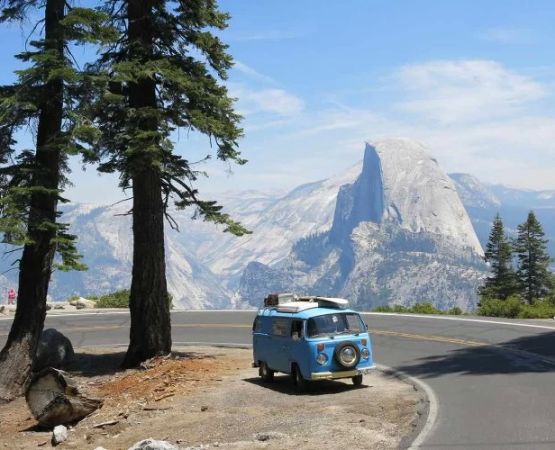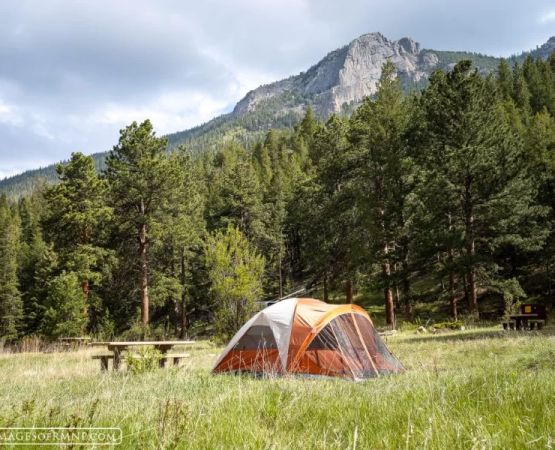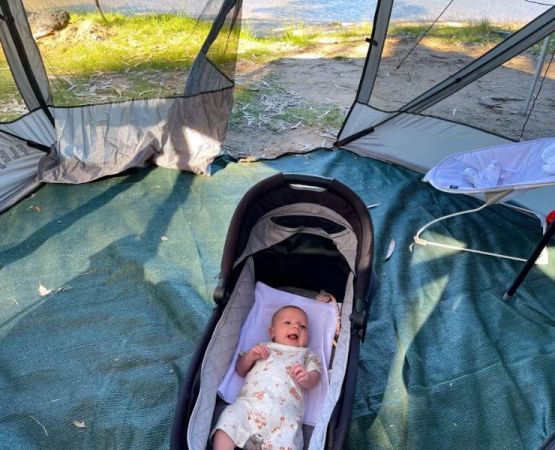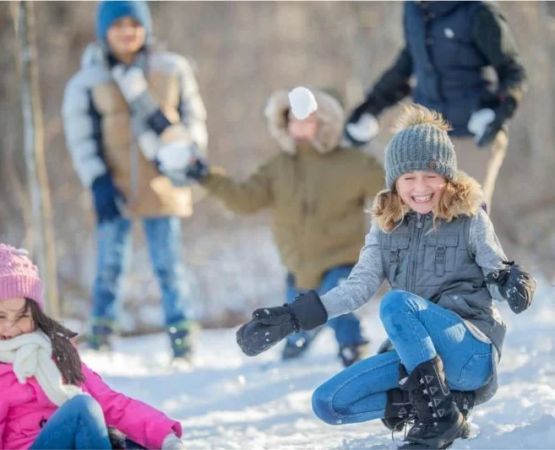- how-to-camp-in-butte-and-mesa-regions - Why these landscapes are perfect for adventurers
- understanding-butte-and-mesa-geography - What makes them unique and how to prepare
- essential-gear-for-desert-camping - What to pack for safety and comfort
- choosing-the-perfect-campsite - Best spots and practical tips for setup
- staying-safe-in-extreme-weather - Heat management and desert survival skills
- stories-from-travelers - Real experiences from the Butte & Mesa trails
- responsible-camping-and-ecology - How to protect fragile desert ecosystems
- why-choose-pine-cliff-resort - Planning your next trip with expert guidance
1. How to Camp in Butte & Mesa Regions – Why These Landscapes Are Perfect for Adventurers
The Butte and Mesa regions of the American Southwest are unlike anywhere else on Earth. Vast plateaus rise above the desert floor, their red cliffs glowing gold at sunset, while the silence feels both humbling and spiritual. For travelers seeking solitude and open skies, learning how to camp in Butte and Mesa regions is the key to unlocking one of America’s most awe-inspiring landscapes.
These regions offer a rare blend of beauty and challenge. While the views are postcard-perfect, the terrain and weather demand preparation and respect. Whether you’re pitching a tent near Monument Valley or parking your camper at the edge of a mesa, a well-planned trip ensures both safety and serenity. The outdoor experts at Pine Cliff Resort often remind guests: “The desert rewards those who prepare.”
2. Understanding Butte and Mesa Geography – What Makes Them Unique and How to Prepare
Before you pack your gear, it’s essential to understand what makes buttes and mesas distinct. A mesa is a flat-topped hill with steep sides—essentially a table of ancient rock layers sculpted by erosion. A butte is like a smaller sibling, narrower but often more dramatic in shape. Both formations rise from arid plains where wind and rain carved away softer stone over millions of years.
2.1 Terrain Awareness
The terrain can be deceptive. From a distance, mesas appear smooth and reachable, but up close, the cliffs are often sheer and unstable. Always use marked trails and avoid climbing loose rock faces. The ground surface tends to shift underfoot, especially after rare desert rains.
2.2 Weather and Timing
Late spring and early fall offer the most comfortable conditions. Summer heat can exceed 100°F, while winter nights dip below freezing. Always check forecasts before setting out, as flash floods and high winds can turn a pleasant afternoon into a risky situation.
3. Essential Gear for Desert Camping – What to Pack for Safety and Comfort
Camping in the Butte and Mesa regions is as much about endurance as it is about enjoyment. Minimalism might look romantic in photos, but desert survival depends on thoughtful packing. A sturdy tent, reflective tarp, and hydration system are your best allies.
3.1 Hydration and Food Storage
Always bring at least one gallon of water per person per day, plus extra for emergencies. Use insulated containers to prevent overheating. Store food in sealed bins to keep insects and small mammals away from your camp.
3.2 Sun Protection and Shelter
The sun is relentless across open plateaus. Choose light, breathable clothing with UV protection. A wide-brimmed hat and high-SPF sunscreen are musts. For tents, select models with strong wind resistance and reflective outer layers to deflect heat.
3.3 Lighting and Navigation
Because light pollution is minimal, desert nights are pitch-black. A reliable headlamp, backup batteries, and a GPS or topographic map are essential. Avoid relying solely on your phone, as remote areas often lack signal coverage.
4. Choosing the Perfect Campsite – Best Spots and Practical Tips for Setup
Finding the right campsite is a balance between access, scenery, and safety. Many adventurers are drawn to exposed ridges with panoramic views, but those can become hazardous when winds pick up.
4.1 Elevation and Exposure
Camp slightly below the mesa rim where you’ll still enjoy views but gain protection from gusts. Avoid dry riverbeds (washes), which can flood unexpectedly during rainstorms even miles away.
4.2 Leave No Trace Setup
Use existing clearings rather than trampling vegetation. When breaking camp, ensure all waste—including biodegradable materials—is packed out. The red desert may seem resilient, but recovery from a single footprint can take decades.
5. Staying Safe in Extreme Weather – Heat Management and Desert Survival Skills
Survival in the Butte and Mesa regions relies on one principle: respect the desert. The climate shifts rapidly from dry heat to chilling winds, and dehydration sneaks up faster than most realize.
5.1 Heat Awareness
Start hikes early in the morning and rest during peak midday hours. Wear long sleeves for sun protection rather than relying on short sleeves, which can lead to dehydration and burns. Always keep water accessible, not buried deep in your pack.
5.2 Dealing with Storms
Desert storms are short but fierce. Lightning often strikes high ground, so move to lower elevations if thunder approaches. Avoid touching metal camping gear and secure tents tightly to prevent collapse.
6. Stories from Travelers – Real Experiences from the Butte & Mesa Trails
When asked about memorable experiences, seasoned campers often recall moments that blended awe with humility. One traveler from Arizona described waking up to the sight of dawn light spilling over a mesa’s edge—only to realize her tent’s shadow stretched for miles across the desert floor. Another group shared how a sudden sandstorm forced them to huddle together inside their tent, laughing as nature reminded them who was in charge.
These experiences show that camping in such landscapes isn’t just recreation—it’s reconnection. Many who visit return with a deeper appreciation for silence, patience, and the fragile beauty of the desert. For first-timers, the advice from Pine Cliff Resort experts is clear: “Plan well, respect the land, and let the desert teach you.”
7. Responsible Camping and Ecology – How to Protect Fragile Desert Ecosystems
Deserts might appear barren, but they’re teeming with delicate life—from micro-lichens on rocks to nocturnal mammals. Every footprint, fire pit, or plastic bottle can alter this fragile balance. Responsible camping means treading lightly and leaving nature as you found it.
7.1 Fire Management
Use designated fire rings where available, and extinguish flames completely with water—not sand. Never burn trash or leave embers smoldering. Some areas prohibit fires altogether during dry seasons, so always check local regulations.
7.2 Wildlife and Conservation
Do not feed or approach wild animals. Coyotes, snakes, and even small rodents can carry diseases. Observe from a distance and store food securely. Following these principles ensures that the next traveler enjoys the same untouched wilderness.
8. Why Choose Pine Cliff Resort – Planning Your Next Trip with Expert Guidance
For campers who want a blend of adventure and comfort, Pine Cliff Resort offers the perfect base. Located near several iconic butte and mesa formations, it provides not only modern amenities but also expert-led excursions and gear rentals. Guests receive detailed route maps, safety workshops, and weather updates designed to make every trip smooth and memorable.
Whether you’re an experienced backpacker or planning your first family camping adventure, professional guidance makes a world of difference. From customized itineraries to on-site rescue support, Pine Cliff Resort ensures your journey through the Butte and Mesa regions is safe, rewarding, and unforgettable. After all, the desert may test you—but with preparation, it also transforms you.






